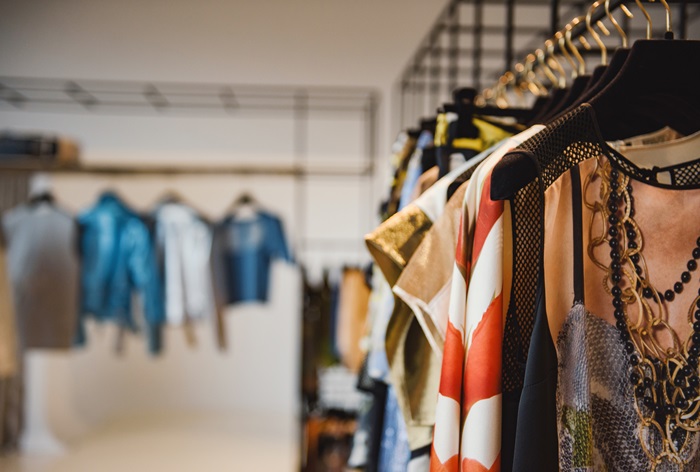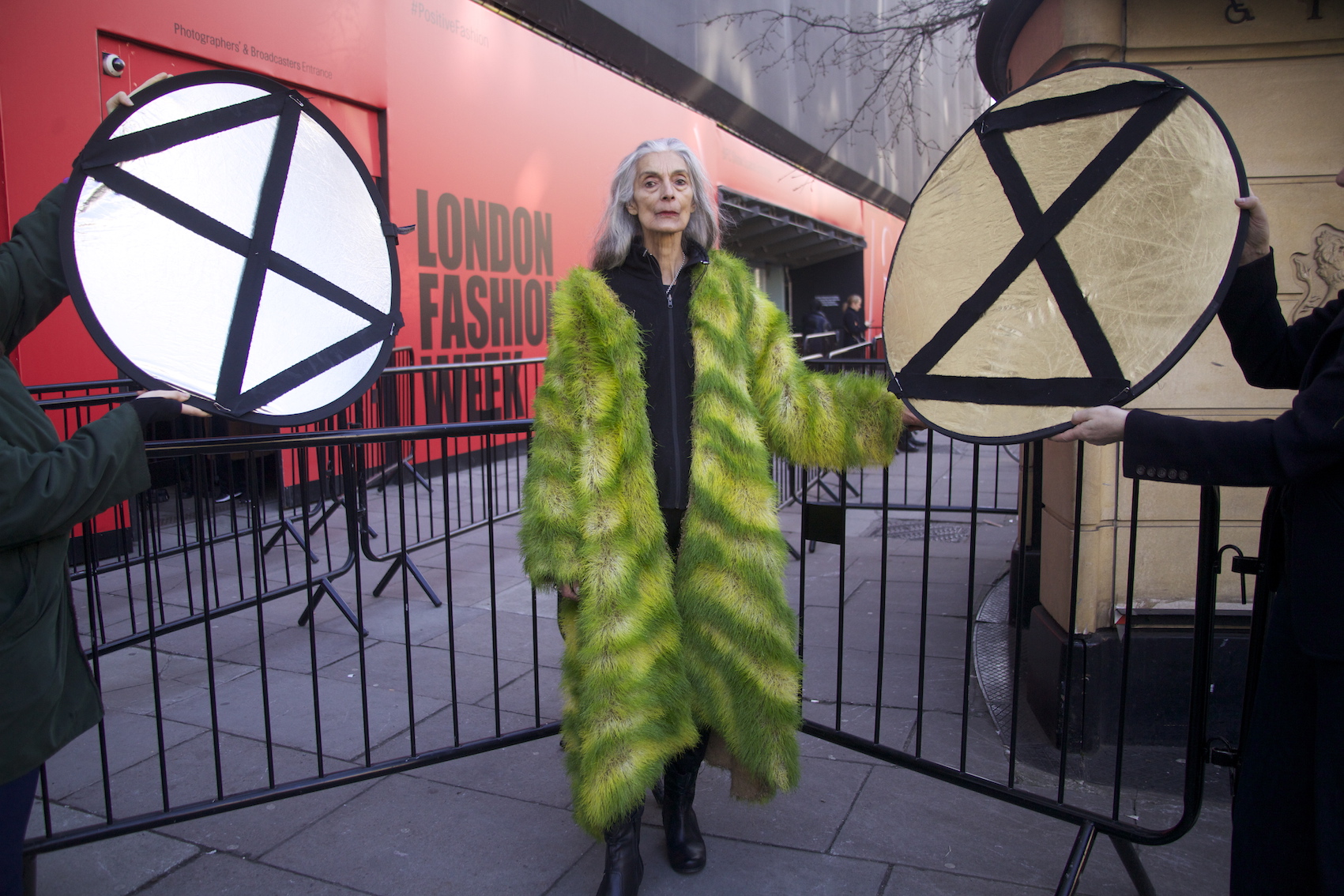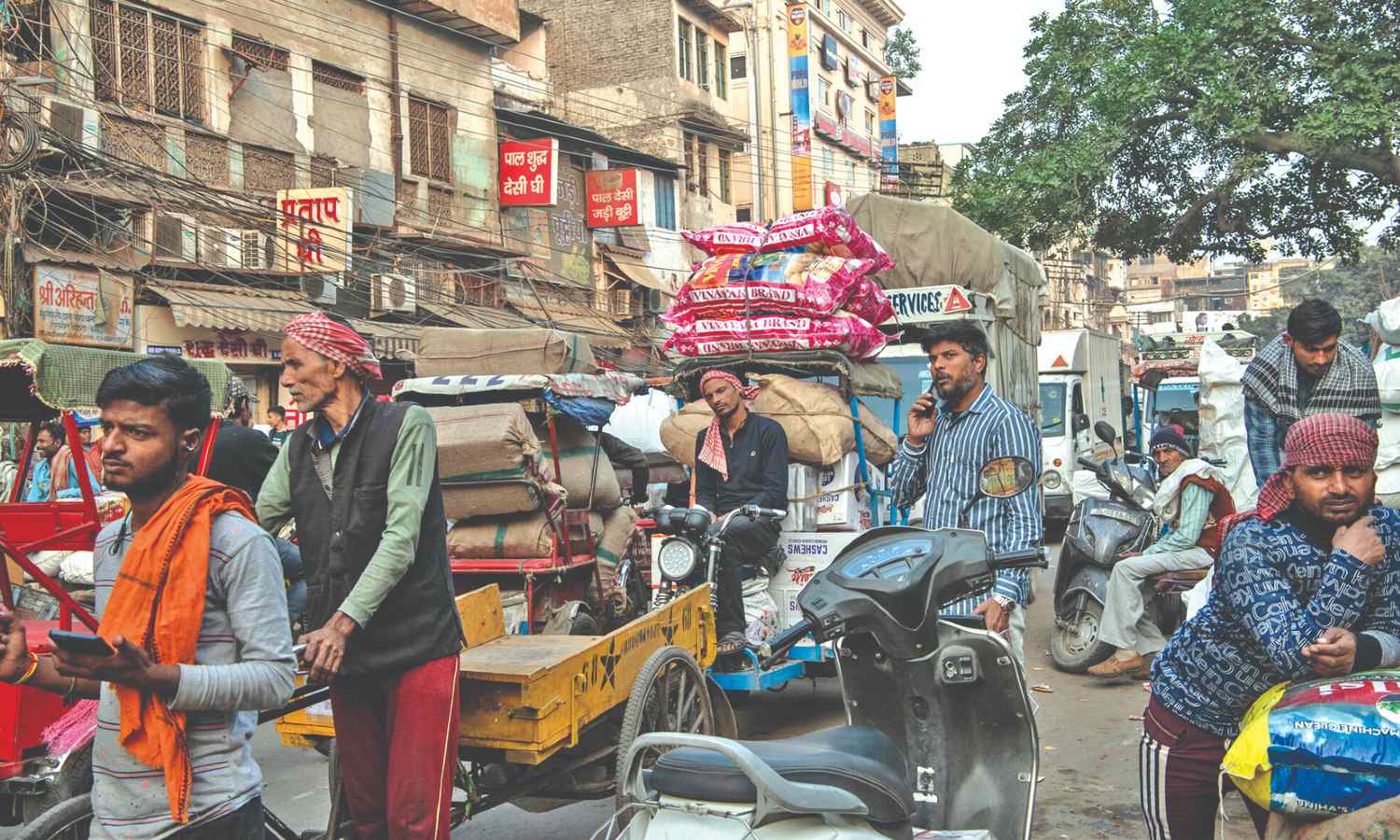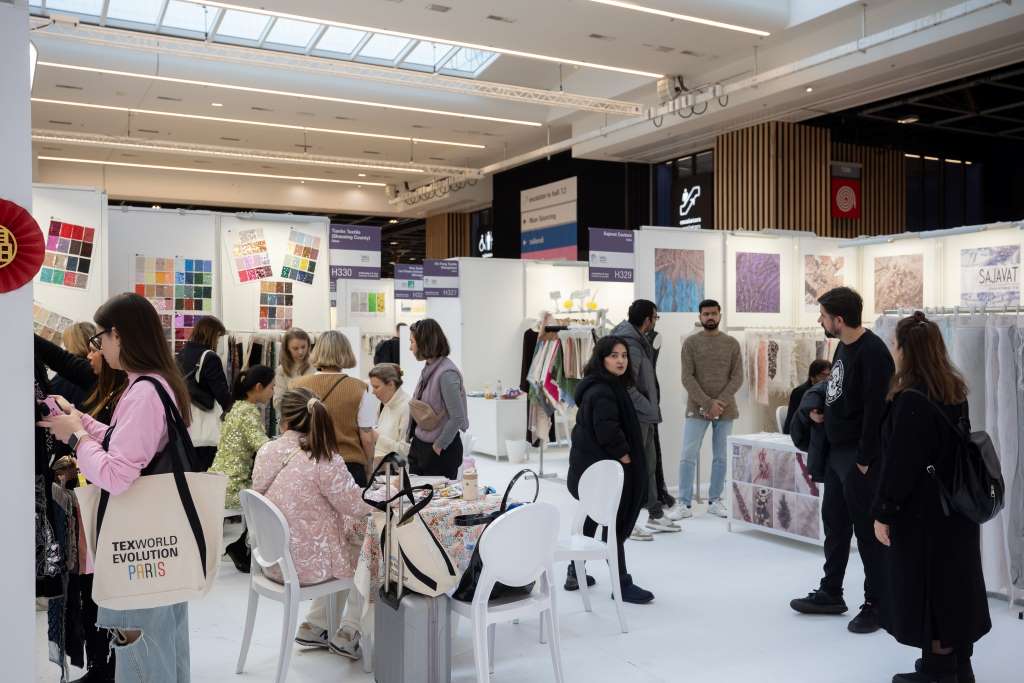FW
Bangladesh commerce minister Tofail Ahmed has declared the country's readymade garment (RMG) sector is now fully safe. He said after the Rana Plaza accident, no serious accident took place in the country's RMG sector and a recent inspection on the country's 3,800 factories showed that only 32 factories have safety and security problems.
The minister was speaking at the inauguration ceremony of a three-day fourth International Fire, Safety and Security Expo-2016. Speaking on the occasion, Ahmed said the Green Building Council of the US conducted a survey on all RMG factories across the world and they listed 25 factories as 'green building' where seven were from Bangladesh. He also said safety, security and environmental friendly operation are now getting significance in all sectors.
Further, he informed that within the next few months, 253 factories of Bangladesh would be turned into 'green factories' which is also a sign of the country’s capability and great level of commitment. The minister also expressed his gratitude to the organisers for arranging such an expo and said these kinds of expos will help introduce with innovative and congenial fire, safety, and security equipment and services.
Bangladesh is making efforts to improve conditions in its readymade garment industry. Over 1,500 RMG factories have been inspected for structural, fire and electrical safety. Rana Plaza survivors have been supported while the Better Work program currently works to enhance compliance and productivity in over 100 garment factories.
The capacity of the department of inspections for factories and establishments has been greatly enhanced. Work to strengthen regulatory capacity as well as build occupational safety and health capabilities of employers’ and workers’ organizations is also likely to continue. A training program has been launched for some eight lakh readymade garment workers. This training is expected to contribute greatly to that goal as both workers and employers will benefit from improved safety practices.
In Bangladesh, the readymade garment industry accounts for 80 per cent of exports and, as a result, is of paramount importance to the economic health of the country. Despite its economic importance, or perhaps because of it, enforcement of building codes for factories has historically been lax, leading to an entire industry rife with unsafe working conditions.
The lack of fire safety was well known due to a long record of fatal factory fires, including a fire in late 2012 that killed 112 workers. By early 2013, several international retailers with supply chains based in Bangladesh factories had already embarked on fire inspection programs, but until the Rana Plaza tragedy no one considered structural safety to be a fundamental concern.
The US trade deficit with China narrowed significantly in October at 4.2 per cent. The US overall trade gap for the month grew 17.8 per cent, the biggest increase since March 2015. China's measures to promote steady economic growth have contributed to growing consumer appetite for US goods. China’s trade surplus with the US has been growing since 2000, reaching 42.1 billion dollars in 2002 and surpassing 200 billion dollars in the January-November period of this year.
Growth has slowed in recent years, with just a 0.9 per cent year-on-year increase in the first eleven months of this year, largely due to improvement of the trade balance between the two countries. With transfer of processing trade, the main source of trade surplus between China and the United States, to other regions such as Southeast Asia, the trade gap between the two countries has narrowed.
The United States has become China’s second largest trade partner while China is the US' largest trade partner. China-US trade rose at an average annual growth rate of over seven per cent in recent years. US goods and services, including 22 per cent of its cotton, 26 per cent of Boeing airplanes and 56 per cent of its soybean, were sold to China, creating nearly a million jobs for the exporter.
NGOs like Humanity United and Business and Human Rights Resource Centre have come up with a report that is pessimistic about global apparel industry’s efforts to eradicate forced labour from supply chains. Prepared by KnowTheChain, the survey offers a grim assessment about companies’ actions to protect workers during the recruitment process. The NGOs also say these companies have little or no process in place allowing them to listen to their employees’ concerns.
The average score is 46 out of 100. But less important than the raw numbers is how 20 of the world’s largest apparel companies scored low across the 22 indicators measured by the NGOs’ researchers. Across the board, one theme namely monitoring resulted in a relatively high score. But the fact that auditing and disclosure efforts netted decent marks shows that the garment industry’s reliance on inspections and social audits is not nearly enough to stop the human rights abuses that mar this industry’s reputation.
The problem is that forced labour most often occurs amongst the sub-contractors and smaller suppliers that are tucked in the furthest reaches of apparel companies’ supply chains. For those looking for some signs of responsibility within the textile and garment sectors, Adidas‘score provides some hope. The German athletic apparel company outpaced Gap in this assessment by a few steps.
Researchers noted Adidas’ transparency and copious data it released over the years. Compared to other apparel companies, Adidas has far stricter requirements when it comes to the recruitment and treatment of workers hired through employment agencies and job brokers. The company also launched efforts to raise awareness about modern-day slavery and has been more successful than many of its peers at identifying risks of human rights violations. Adidas even went as far as assessing potential abuses from where materials such as rubber, cotton and leather are sourced.
Ujwal Lahoti, Chairman of the Cotton Textiles Export Promotion Council (Texprocil) his happy with the Prime Minister for his visionary outlook towards employment generation. He extended his special thanks to the minister of textiles, Smriti Irani, Rashmi Verma, Secretary Textiles for having kept the promise of extending a special package for apparels to the made ups sector also. The Cabinet has approved the much awaited package for made ups sector. The package has been made with the primary objective of creating large scale direct and indirect employment of up to 11 lakh people over the next three years in this sector.
Welcoming the package, Lahoti said this was a positive move which will boost exports of made ups and also generate employment. He said the announcement has come as a relief to exporters of made ups who are passing through a difficult phase as their products faces duty disadvantage in the main market of EU as compared to products from competing countries on account of preferential tariffs given to some of them. The package includes similar measures given to apparels like additional 10 per cent subsidy under TUFS, additional contribution under Pradhan Mantri Rozgar Protsahan Yojana (PMRPY) and the Rebate of State Levies (ROSL).
The made ups sector generates employment for women and in rural areas and the government has recognized this potential while announcing the measures, the Chairman said. The permissible overtime has been increased by up to 100 hours per quarter and employees’ contribution to EPF has been made optional for employees earning less than Rs 15, 000 per month. Lahoti says, these measures will go a long way in bringing about labour reforms in the sector besides enhancing the benefits to the workers.
"To cater to global demand for textiles, Indian textile companies are adopting latest technology. Going by the interest shown by world technology leaders at the just concluded India ITME 2016, the landscape in textiles in India is about to change. Participation from 38 countries, huge amount of foreign visitors and an overwhelming participation by Indian textile machinery manufacturers is perhaps a testimony of the mood of domestic textile industry today. Also, with China’s share in world textiles trade seven times that of India, Indian manufacturers are sensing an opportunity in exports."
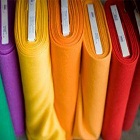
To cater to global demand for textiles, Indian textile companies are adopting latest technology. Going by the interest shown by world technology leaders at the just concluded India ITME 2016, the landscape in textiles in India is about to change. Participation from 38 countries, huge amount of foreign visitors and an overwhelming participation by Indian textile machinery manufacturers is perhaps a testimony of the mood of domestic textile industry today. Also, with China’s share in world textiles trade seven times that of India, Indian manufacturers are sensing an opportunity in exports. The six-day exhibition witnessed dozens of product launches and proved to be an effective platform for joint ventures and collaborations between Indian industry and overseas manufacturers.
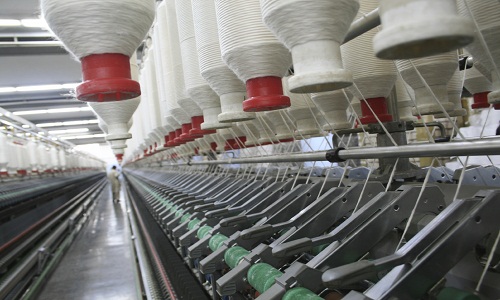
Speaking at TexSummit 2016, an international conference, Sanjiv Lathia, Chairman, India ITME Society said that the biggest change in next five years will be higher automation in all machines leading to better quality products for end users. He expressed the hope of seeing more advanced technology machines from Indian makers.
Product launches by manufacturers like Kirloskar Toyota with new high-efficiency motors ensuring excellent energy and space-saving machines, Color Jet with its biggest digital Metro and Vastrajet printers for a variety of fabrics like cotton, silk wool, polyester etc. World leader Karl Mayer displayed its latest innovation in wrap technology besides introducing a lace knitting machine for the Indian market. French machinery manufacturers focused on offering state-of-art service and machinery in multiple applications. Saurer Group’s new product range is built around Make in India. In all, 24 new launches took place in the six-day event.
Donald Trump’s presidential victory should be disquieting to developing nations like India that export globally to power their economic growth. The president-elect has promised to rein in free trade and globalisation that are believed to be cutting into American manufacturing and factory employment.
Trump plans to execute his promises through prohibitive tariffs and controls that could turn the US into a nettlesome export market for developing countries. As time is nearing when he would take over as the president, fear is growing. The question topmost is will he proceed with his protectionist plans?
By output value, manufacturing was one-third of America’s USP in the 1950s when the country not only produced heavy durables like aircraft, autos and industrial machinery but also made a wide-range of consumer non-durables like apparel, electrical appliances and accessories. Since then the US has evolved further into an intellectual and service-based economy driven by market dynamics and the choices businesses made, the service sector is presently predominant and manufacturing has shrunk to 12 per cent of GDP. Most standard goods and those requiring labour-intensive processes have moved to low-wage countries propelled by cost pressures in a globalising world.
In the last 30 years, the US has become a net merchandise importer with manufacturing employment down to 12 million from a high of 20 million. The promise of rejuvenation through import barriers and trade restrictions is what has catapulted Trump to presidency. Trump intends to employ punitive tariffs on cheap merchandise entering the US to encourage domestic manufacturing and bring back lost jobs. His primary tariff targets would be China and Mexico but one cannot rule out the effects of his action on other countries that export similar products like India.
US apparel imports declined seven per cent in October, setting the stage for the first full-year drop in apparel imports since 2009. The drop in apparel imports has not been offset by an increase in shipments of domestically produced apparel. The average cost per square meter of apparel imports has fallen by 3.9 per cent so far this year compared to 2015, a result of the relentless cost reduction that brands have had to resort to in order to expand profit margins in this highly promotional market environment.
China, Vietnam and Bangladesh are the top three sources of imported US apparel, collectively representing 55 per cent of year-to-date apparel imports. China has seen its share of the US market slip in recent years as countries with lower labor costs like Vietnam and those in closer proximity like El Salvador have gained share.
US apparel exports plunged by 15 per cent in October. Total apparel exports on a free alongside basis have fallen every month so far this year on a dollar basis compared to the same period in 2015. Canada, Mexico and the United Kingdom remain the top trading partners, representing more than half of all US apparel exports. Exports to the United Arab Emirates and Netherlands have grown the fastest in 2016.
The federal government of Nigeria has unveiled measures aimed at tackling some of the industrial constraints in the nation’s textile sector. The strategies being employed include stopping companies from leaving the country, stopping smuggling and counterfeiting and prioritising patronage for Made-in-Nigeria products by government agenices.
Hajia Aisha Abubakar, Minister of State, Industry, Trade and Investment said this while on a tour of textile factories in Kano as part of activities during the North-west Regional Customer Forum. The development finance institution has been at the forefront of reviving the declining textiles sector, having approved loans to over 70 projects in the CTG value chain. The minister toured factories along with the President of Manufacturers Association of Nigeria (MAN), Frank Jacobs, the General Secretary of the National Union of Textile Garment and Tailoring Workers of Nigeria, Isah Aremu and the General Manager of BOI, Joseph Babatunde among others.
Abubakar says the government has identified several issues including gas supply smuggling and counterfeiting as constraints which would be addressed to revive the textile industry in the country. She said the government was trying to address the issue of patronage. Detailing the issue of patronage, she hoped that by next year the country will see more results.
She also noted that the Export Expansion Grants (EEG) previously offered as incentives by government was grossly abused by stakeholders adding that the government was looking at bringing it back in an entirely different way for better and effective implementation.
The 2nd edition of South Asia’s only international sourcing show- Intex South Asia concluded on a successful note. The show that witnessed 2,485 professional trade buyers from 18 countries and regions visiting the exhibition and interacting with more than 140 textile suppliers to source yarns, apparel fabric, denim fabric and clothing accessories from India, Pakistan, Bangladesh, Sri Lanka, China, Taiwan, Korea, Malaysia, Indonesia, Japan, Singapore, Italy and South Africa.
The show was inaugurated by acting Indian High Commissioner, Arindam Bagchi who was the chief guest at the event. He was accompanied by Indira Malwatte Chairperson & CEO, Sri Lanka Export Development Board who was the Guest of Honour. Intex South Asia is the first focused business platform in the region which has been specifically designed to synergise the garmenting needs of international brands and retailers with the manufacturing strength of South Asia satisfying both exports and large domestic markets. The show brought the entire manufacturing and supply chain together in one location.
Besides the ‘Trends Zone’ and ‘Denim World’, the highlights of the show was the interactive business forums held on November 16 & 17 alongside the exhibition with the theme ‘South Asia – Powering the global textile and garment industry’. The business forums had distinguished speakers from Sri Lanka, India and UK who shared their views and discussed on business potential in the region and sustainability in the global apparel and textile industry.
All major apparel exporters and international sourcing offices in Sri Lanka came in large numbers with their sourcing and design teams under various product/brand verticals to interact with suppliers and to find innovative products and designs for the next season. These include Brandix, MAS, Hiradamani, Omega Line, Timex Garments, and many more.

